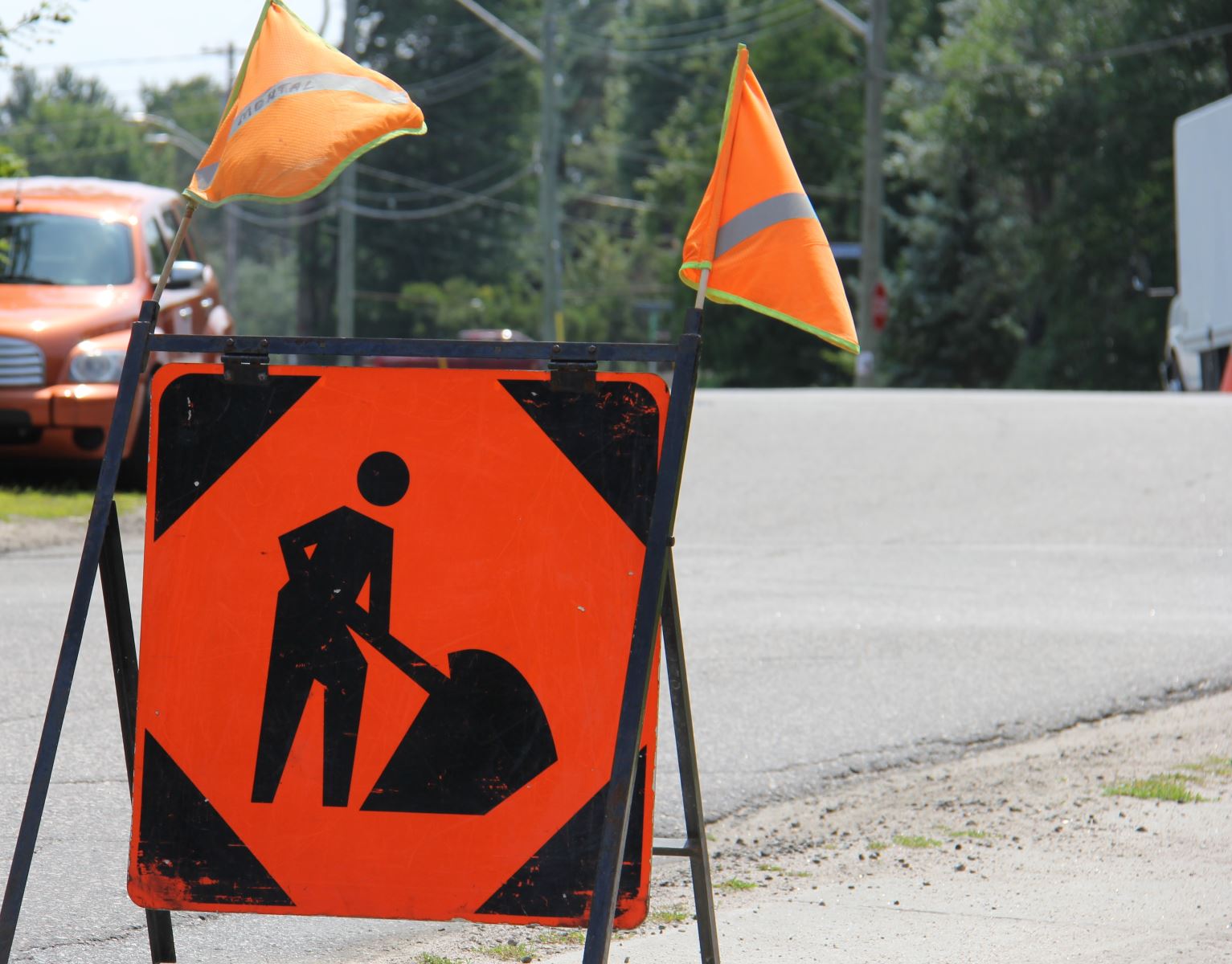 City councillors voted in favour of bringing the city's asset management plan forward to council for a second time on Monday night. The plan estimates that the city is somewhere between $15 million to $20 million short on annual infrastructure spending.
City councillors voted in favour of bringing the city's asset management plan forward to council for a second time on Monday night. The plan estimates that the city is somewhere between $15 million to $20 million short on annual infrastructure spending.
The city’s asset management plan is up for approval for a second time.
The report, which suggests that the city hike its capital budget up to around $55 million by 2023 in order to keep its infrastructure in good, working condition, will be brought forward to council in two weeks' time.
Currently, the city’s annual capital budget is approximately $37 million, which goes towards roads, bridges, water systems, storm and sanitary sewer systems, and water and wastewater treatment facilities, to name only a few.
Just when it looked as though the city was ready to approve adopting the plan a fortnight ago, Coun. George Maroosis raised concern over approving such significant increases in spending that quickly. But after Monday night's meeting, the report is once again up for approval.
“One of the questions that came out of last council meeting was whether it binds the corporation as far as the budget is concerned; it most certainly doesn’t,” said Alan Korell, the city’s managing director of engineering, environmental and works. “It’s a living document, it’s a blueprint on how we do it.”
When the study was presented almost one month ago, council heard that the city is somewhere between $15 million and $20 million short when it comes to annual infrastructure spending. To accomplish that, the report suggests the city increase their capital budget approximately $1.5 million every year over the next 10 years.
But, as council members pointed out during Monday night’s meeting, just because the report suggests a certain amount be spent doesn’t necessarily mean that the city is bound and committed to spending that exact dollar figure.
Instead, city spending levels are determined by council on an annual basis in accordance with their budget talks. Maroosis was quick to refer to similar plans that were adopted years ago that the city strictly followed when it came to recent budgets.
“I just wanted to be sure that we weren’t getting locked into one of those situations,” he explained.
The asset management process identifies what needs are most important and how they can be addressed, while also determining a plan to provide the supporting infrastructure services at the lowest lifecycle cost.
Stantec consulting conducted the roughly $100,000 report, which built off the 2008 and 2012 State of the Infrastructure Reports in order to find a way to strategically address funding to the city’s $1.2 billion in infrastructure assets.
The report used grades to compare the city’s infrastructure in year’s past to present, prioritizing the needs along the way. According to the report, the state of the city's sanitary network, stormwater network, water network and treatment facilities are all trending downward and are in need of significant capital funding.
Roads and bridges led the way with an estimated average annual deficit of $15.3 million, while the storm sewer and sanitary sewer systems operate with $4.3 million and $2.69 million deficits, respectively.
And if the city is going to get any financial help from other levels of government, they need the report to prove they need the assistance. The Ontario Ministry of Infrastructure requires that each municipality complete an asset management plan in order to apply for future provincial infrastructure funding.
“We now have a document that shows which assets we should be putting the money into if we get the money from the province and the feds,” said Korell.
Now, with the report going back to the council level, the city is one step closer to being able to find out where exactly they need to spend money the most, and how much exactly.
“This fall, we’re going to be looking for new savings to try and offset the impact of $1.5 million more a year on the municipal budget,” Coun. Chris Mayne explained. “We’re always going to be looking for new potential savings so we’re not bumping up the tax rate this year any higher than we need to.”


